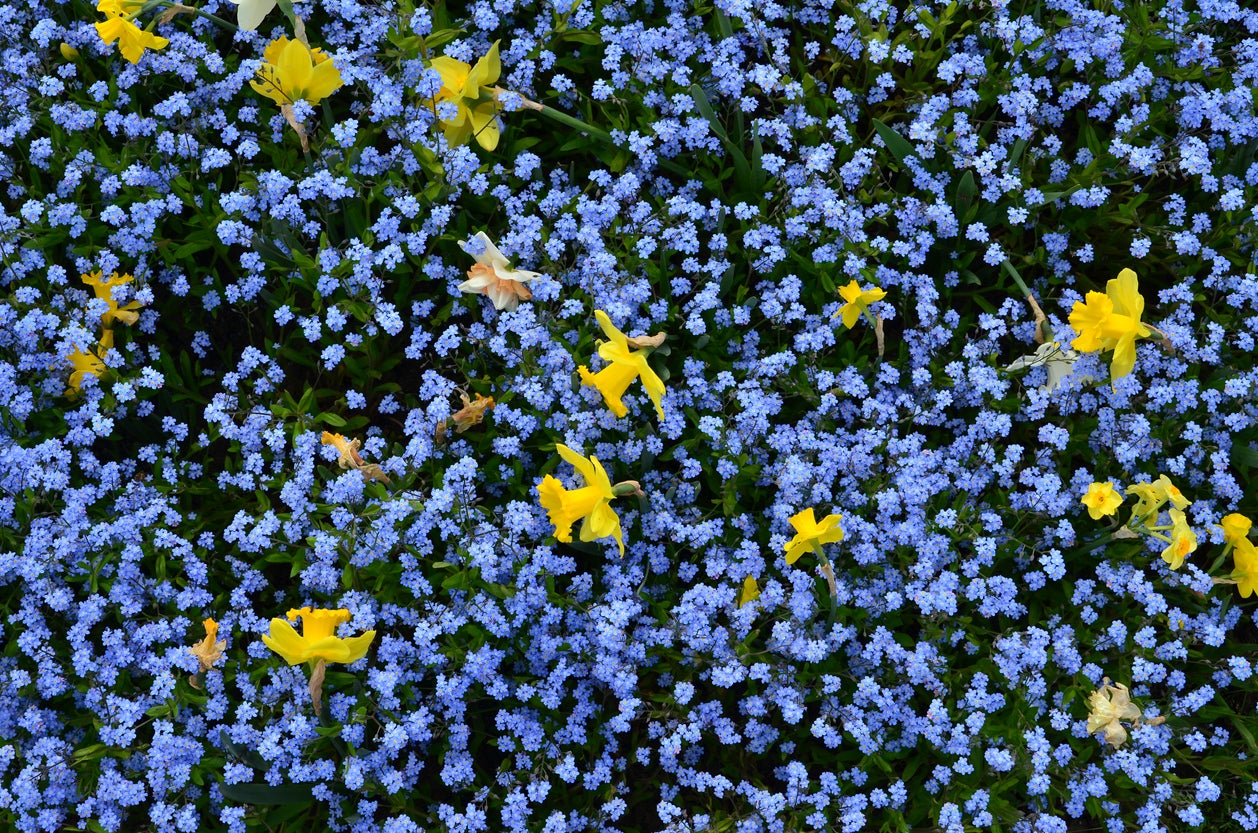Gardening With Color: Learn About Using Color In The Garden

Have you ever noticed how some gardens spring to life with bright colors while others have the ability make you relax? By choosing the right flowers and techniques for using color in the garden, you can create stunning effects in the landscape or home garden. There are numerous flower color combinations that you can use. With some basic, creative visual art techniques to plan out your garden, you’ll be gardening with color in no time!
Garden Color Wheel Tips
Like a painter, using color theory is very helpful in the planning stage. To create your own horticultural masterpiece, it helps to keep in mind a garden color wheel to help train the eye to use flower color combinations effectively. The easiest way to use a color wheel is to visualize all the primary colors of the rainbow – red, orange, yellow, green, blue, and violet – in a pinwheel formation.
The colors red, orange, and yellow are warm and located on one side of the wheel, followed by the cool colors green, blue, and violet, which make up the other side. In between each of these primary colors are the hues we are more likely to see in nature, the yellow-greens, pinks, and light blues, and so on.
When you have a better idea of where they fit in the color wheel and how to use them to create different effects, it’s easier to decide where to use garden plant colors in the landscape.
Warm vs. Cool Flower Color Combinations
While there is no right or wrong way to use colors, using them in different ways helps create various effects. Some gardens, for example, have a mix of colors, and while pretty to look at initially, a riot of color can be disconcerting over time. For a more pleasing look in the garden, aim for a mix of color with drifts of planned flower color combinations – like those that complement one another such as yellow marguerite daisies mixed with purple irises.
Warm colors, like reds and yellows, cause the eye to focus and are great for larger spaces, or for show stopping container gardens. Using warm colors and their related hues can hide eyesores too, like an ugly view of an office building, for example. Cool colors, on the other hand, recede and can trick the eye into making a small space seem larger. The bluish hues and violets have a calm, soothing effect and can even appear to seem further back in the landscape.
Gardening with color can have many benefits besides just being pretty to look at. Using a garden color wheel can help create a relaxing patio retreat using lavender and cool blue tones, or a sunny front porch with red geraniums in containers.
Gardening tips, videos, info and more delivered right to your inbox!
Sign up for the Gardening Know How newsletter today and receive a free copy of our e-book "How to Grow Delicious Tomatoes".
In addition to basic color theory, keep in mind the times of day you spend looking at your garden. If most of your time in the garden is spent in the late afternoon, bright vibrant colors are best, since cool colors would tend to be lost in low light. Garden plant colors and hues can change with daylight, so experiment to create the best flower color combinations for your location.